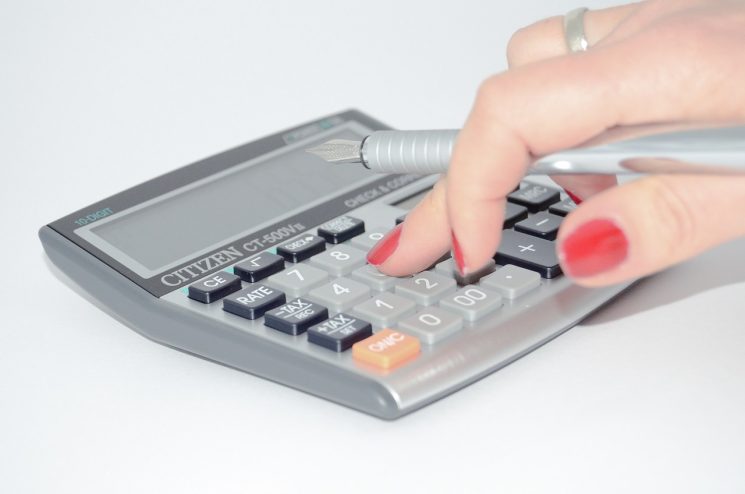The VAT was introduced in the UK in 1973.
It replaced the Purchase Tax, and is one of the biggest revenue sources for the government, besides income tax (the biggest) and insurance fees.
VAT applies to most goods and services in the UK and is levied on the seller who forwards the VAT to the government, not the purchaser.
Throughout this article we take a closer look at the purpose of taxation and why VAT is so effective.
Why Do Governments Levy Taxes?
Governments collect taxes in order to fund public works, provide public services and maintain the infrastructure required to support a large number of people over a large geographical area.
They are used to fund the operation of government in many different ways as well as fund public goods like Medicare and Social Security.
Taxes are the primary source of government revenue. Though governments also receive revue through other means (sale of public services and lands), taxes are the number one source of revenue.
There are many different types of taxes governments use including forms of income tax, corporation tax, purchases/sales tax, transaction tax, and estate tax.
The biggest source of income for a government is usually income tax, followed by sales tax. Sales tax is known by various names in different countries including VAT in the UK and EU and GST in Australia.
What is a VAT?
VAT is an acronym for Value-Added Tax. It replaced previous forms of sales and purchase tax, is levied on most goods and services in the UK and the EU, and is applied at a rate of 20% in most cases.
VAT Pros
Most democratic economies in the world today utilize some form of sales tax, as a key driver of revenue, and VAT is an example of just that. The VAT is lauded for a variety of reasons, including:
Easy To Administer – Forms of taxation that apply to income, property or estates are highly variable based on the particular characteristics of each individual situation. It is important to individualize these taxes to ensure they are fair, however, this creates a lot of work to ensure that they are being disclosed and paid correctly. Whereas with a VAT, it is applied at the same percentage, across the whole economy, on nearly all goods and services, making it a very simple form of taxation that is easy to understand and implement.
You can get an idea of how much VAT would be included in any particular transaction using a good vat calculator.
Stable Large Revenue – Like many other forms of taxation that can vary (like income tax), VAT is very stable. Given it applies to nearly all transactions that take place in an economy, it is less immune to seasonal and cyclical variation. As a result, it provides a more consistent, and a larger amount of tax revenue for the government.
Discourages Tax Evasion – As VAT is levied on all transactions, there is very little capacity, nor incentive for people to try and evade VAT. Given the large application of the VAT, and how hard it is to evade it, it is a very efficient tax in that sense compared to income and corporation tax, where significant sums of money are invested in trying to reduce and minimize tax liabilities.
VAT Cons
Though VAT has many advantages, there are also some drawbacks.
Hurts Low-Income Residents – Whereas income tax is very low, or completely eliminated for low-income people, VAT cannot be reduced for people based on their income as it is applied to the actual price of goods and services paid. As a result, there is no way to protect residents from these VAT costs. It is applied indiscriminately across all purchases, so very wealthy people pay the same amount of tax as very poor individuals.
Certain products Are Excluded – Given that VAT is not levied on all goods and services, it is inefficient in that sense. Services such as healthcare and financial services are typically excluded from VAT so all charges made will not attract VAT, so this is a missed revenue generation opportunity for the government.
Does Not Incentivize Exports – Many aspects of government policy are designed to improve exports as this is good for the wealth of a country. Given that a VAT is focused purely on the transaction that takes place within a country it has a neutral effect on exports, so does not incentivize exports.
Harmful To New Business Activities – Because VAT is levied on businesses that sell goods and services, not the individuals and companies that make the purchases, it is an additional burden, both administratively and financially on new businesses that could decrease their chance of success.
Final Thoughts
VAT is a very effective means of revenue generation. Though VAT has some drawbacks, overall it is a very efficient form of revenue generation for the government and very easy to administer, making it a popular form of taxation not just in the UK but in many governments all around the world.





